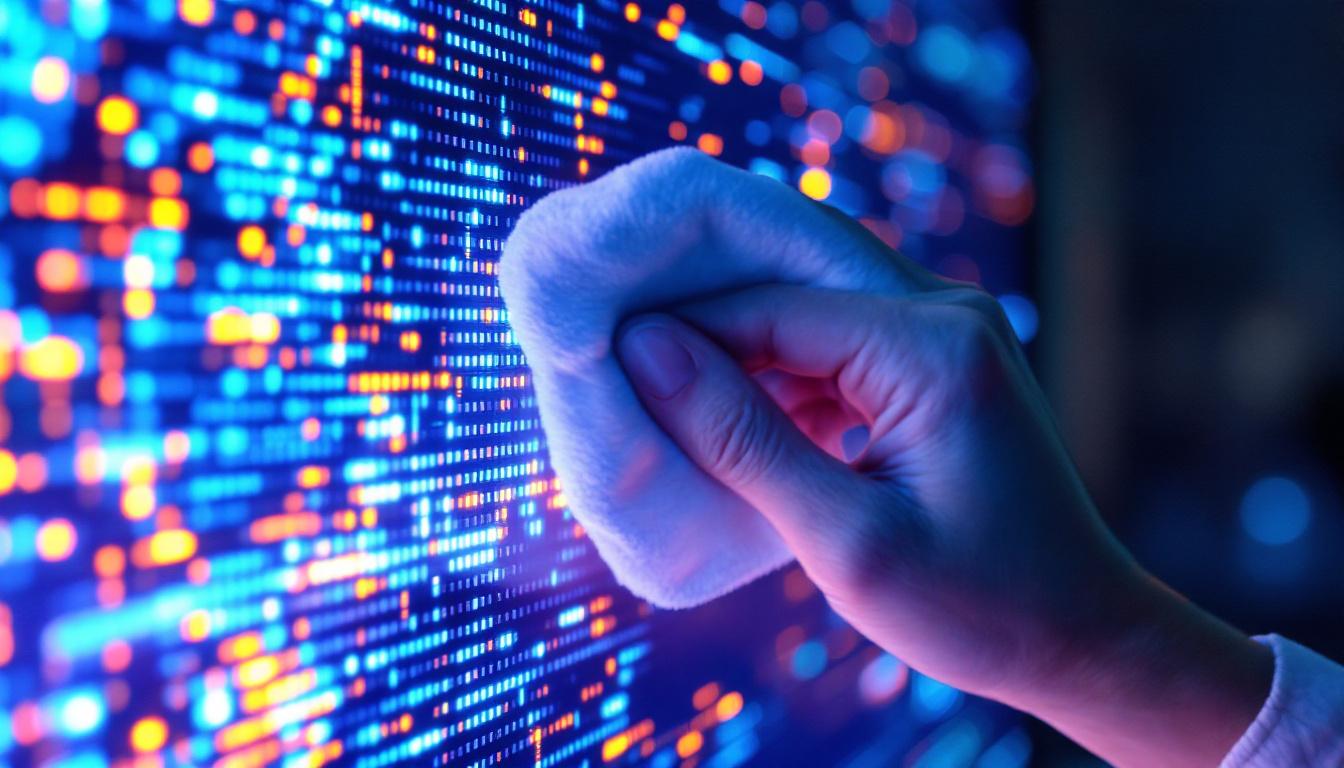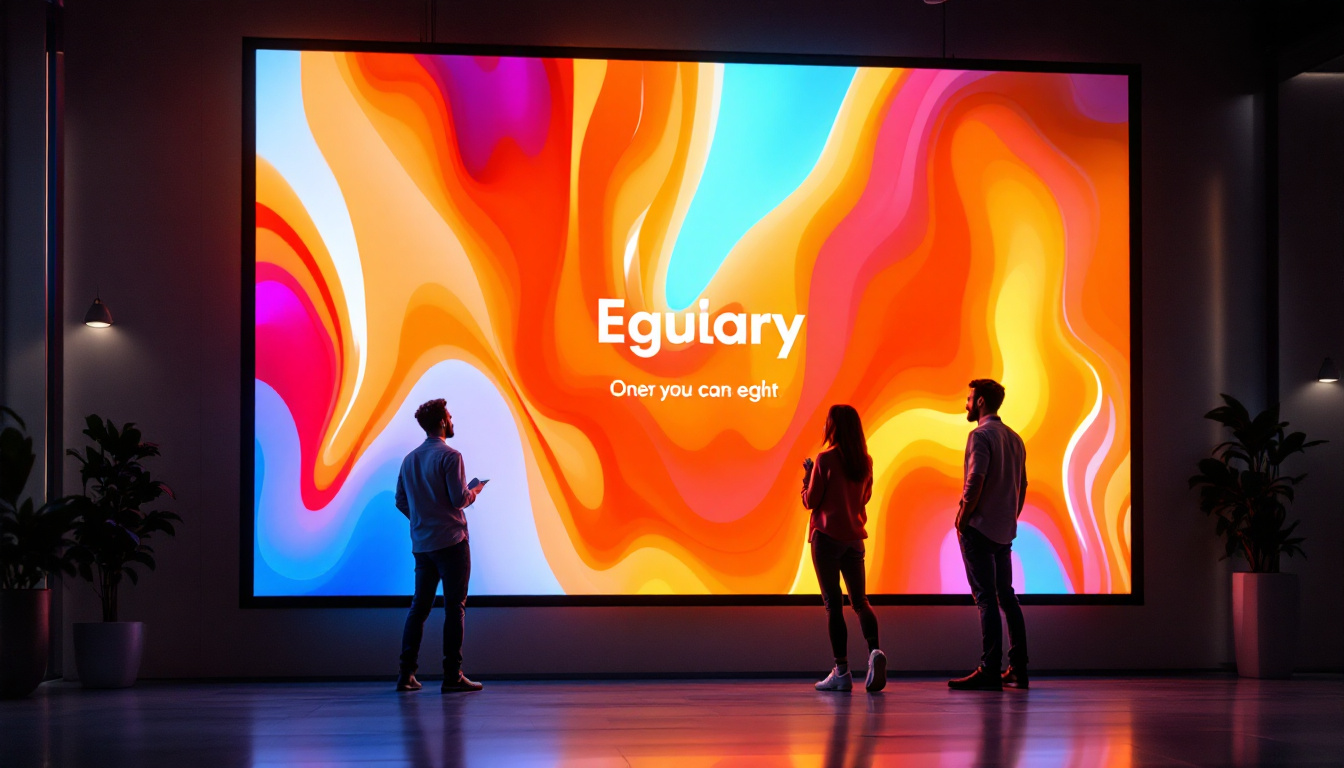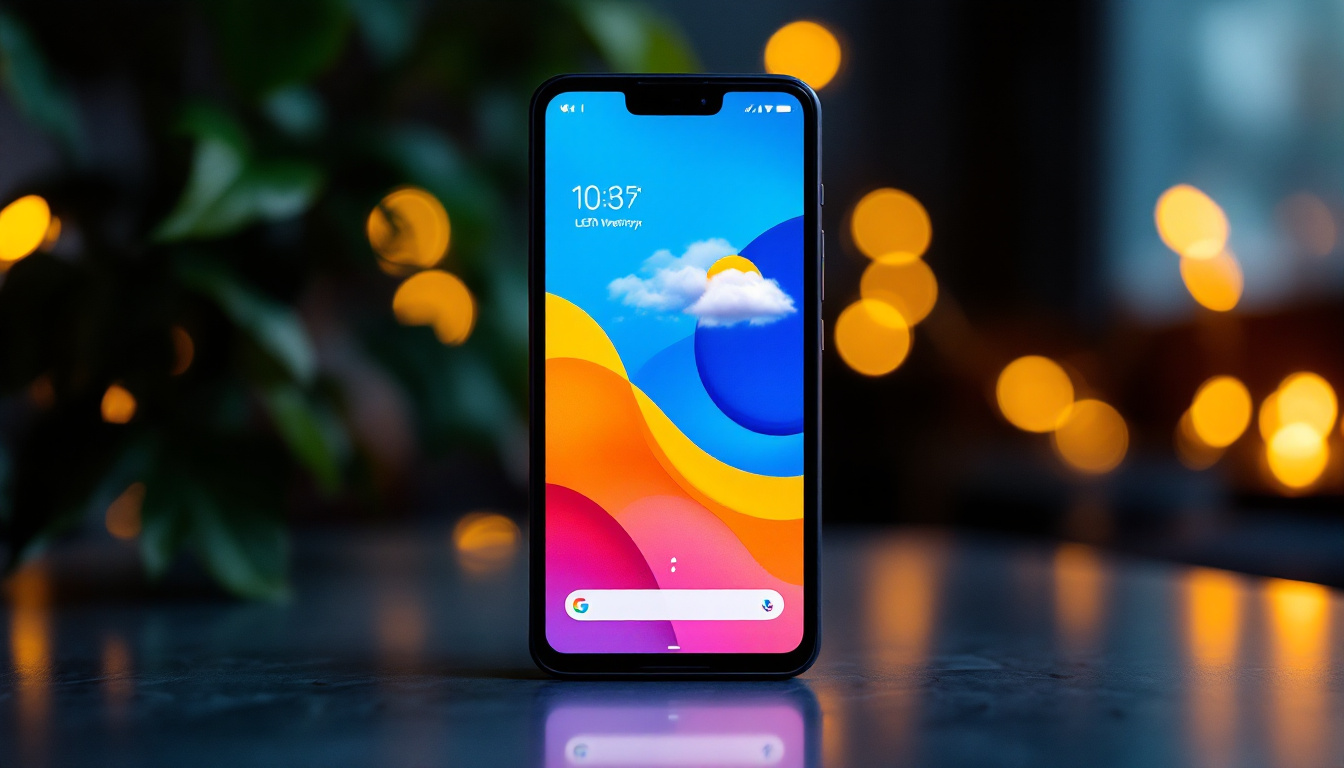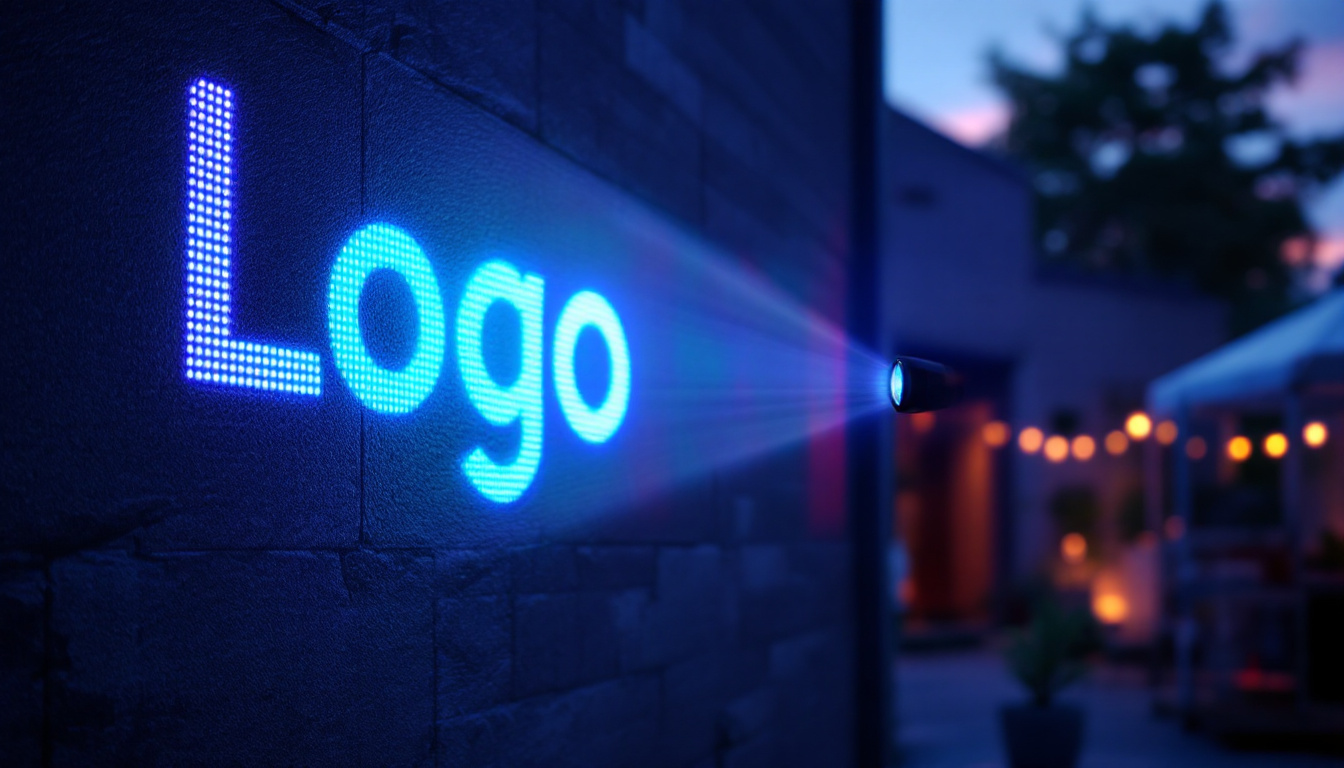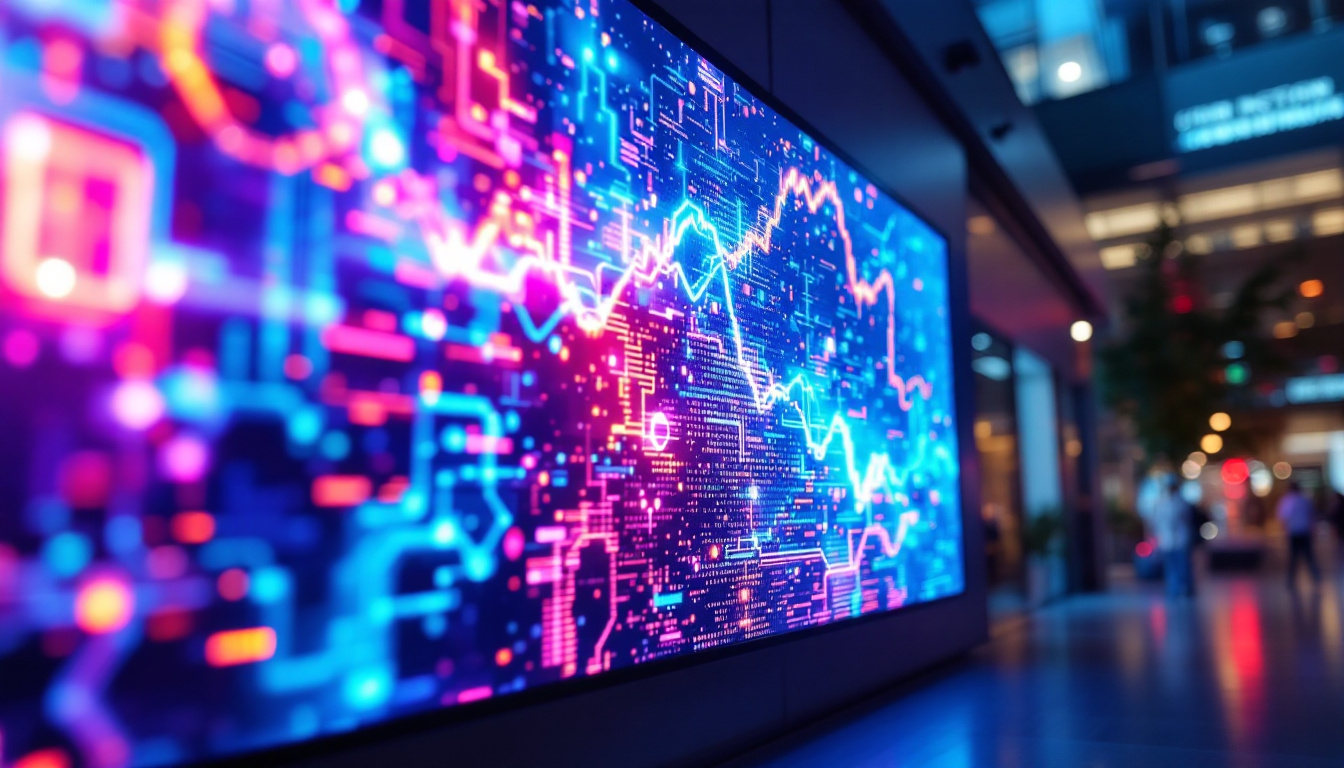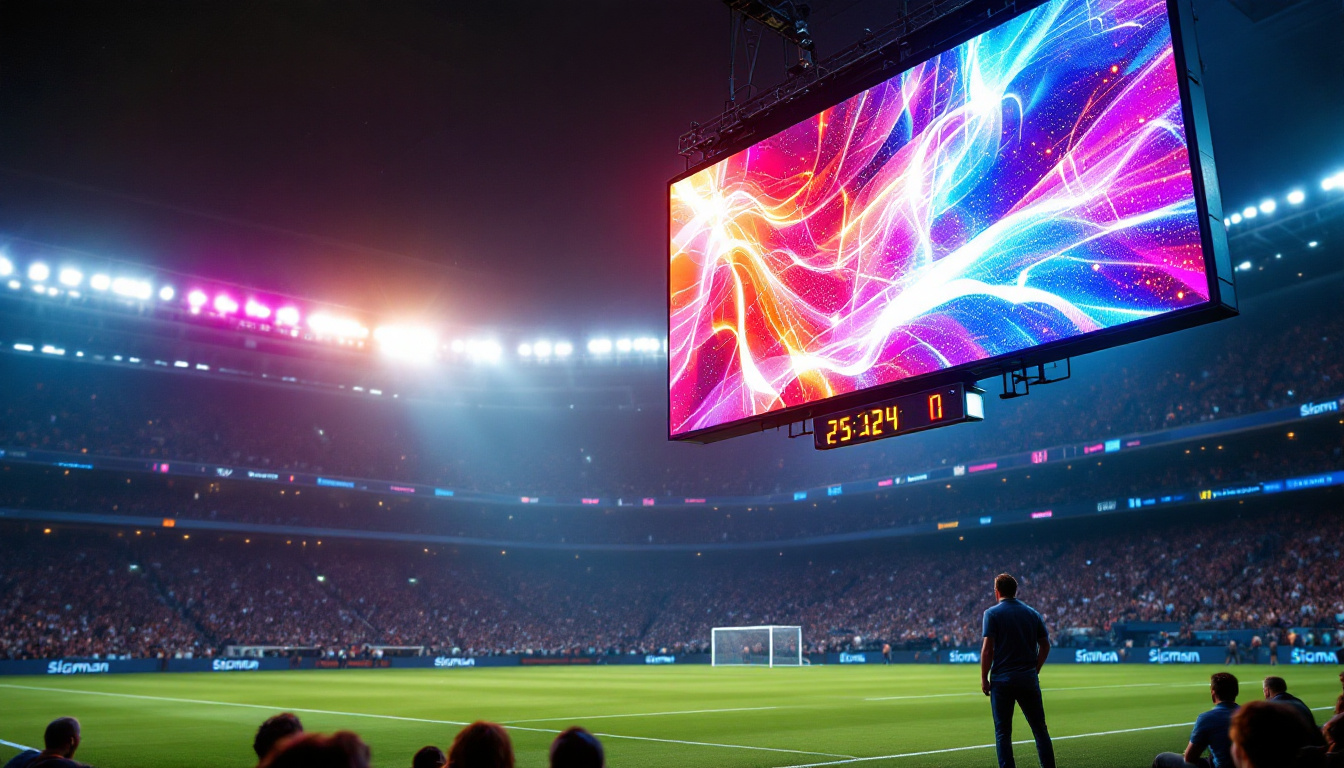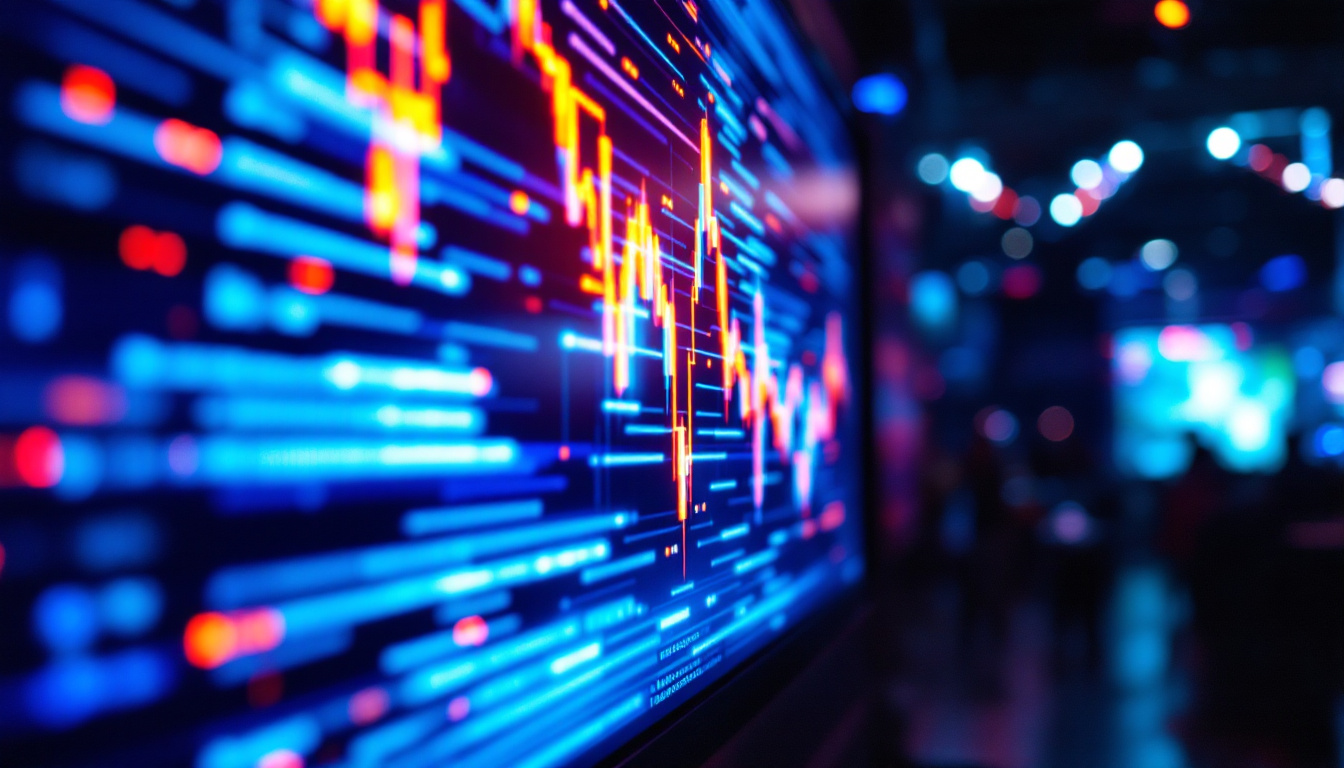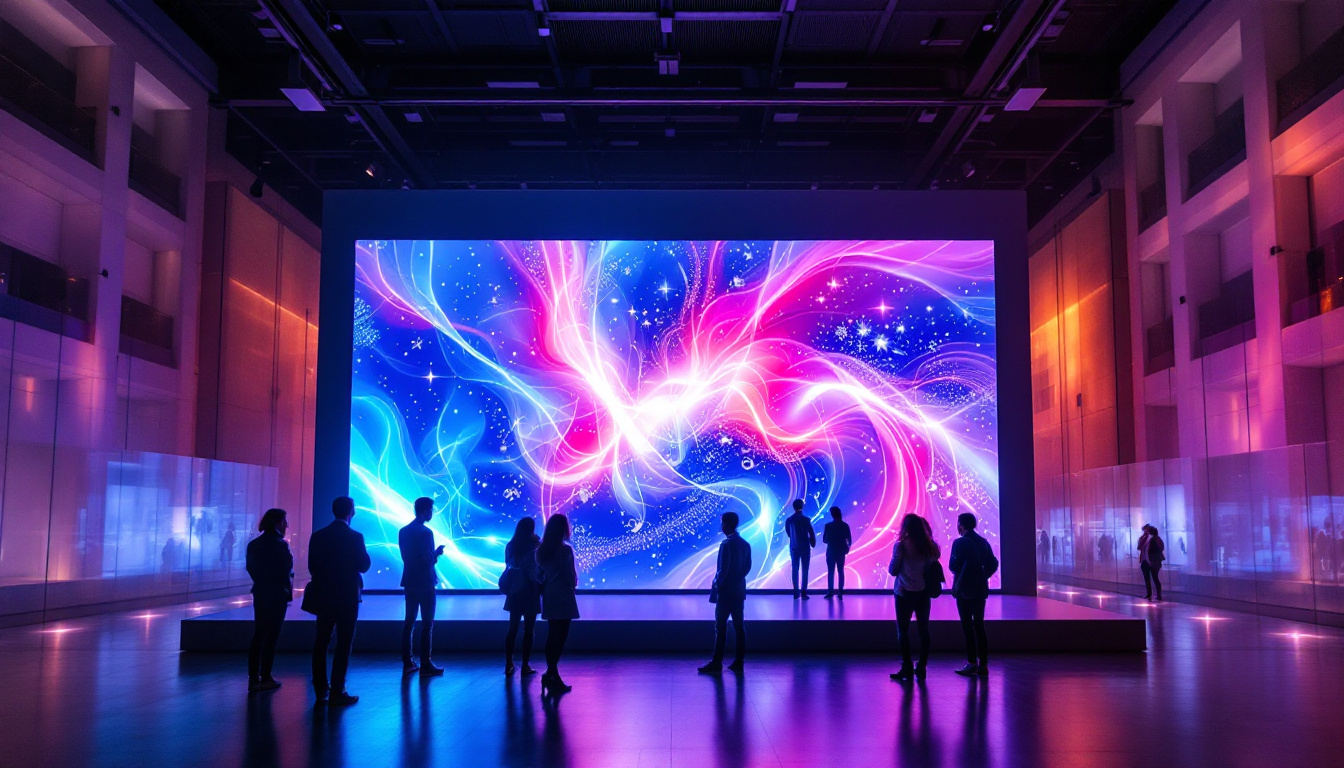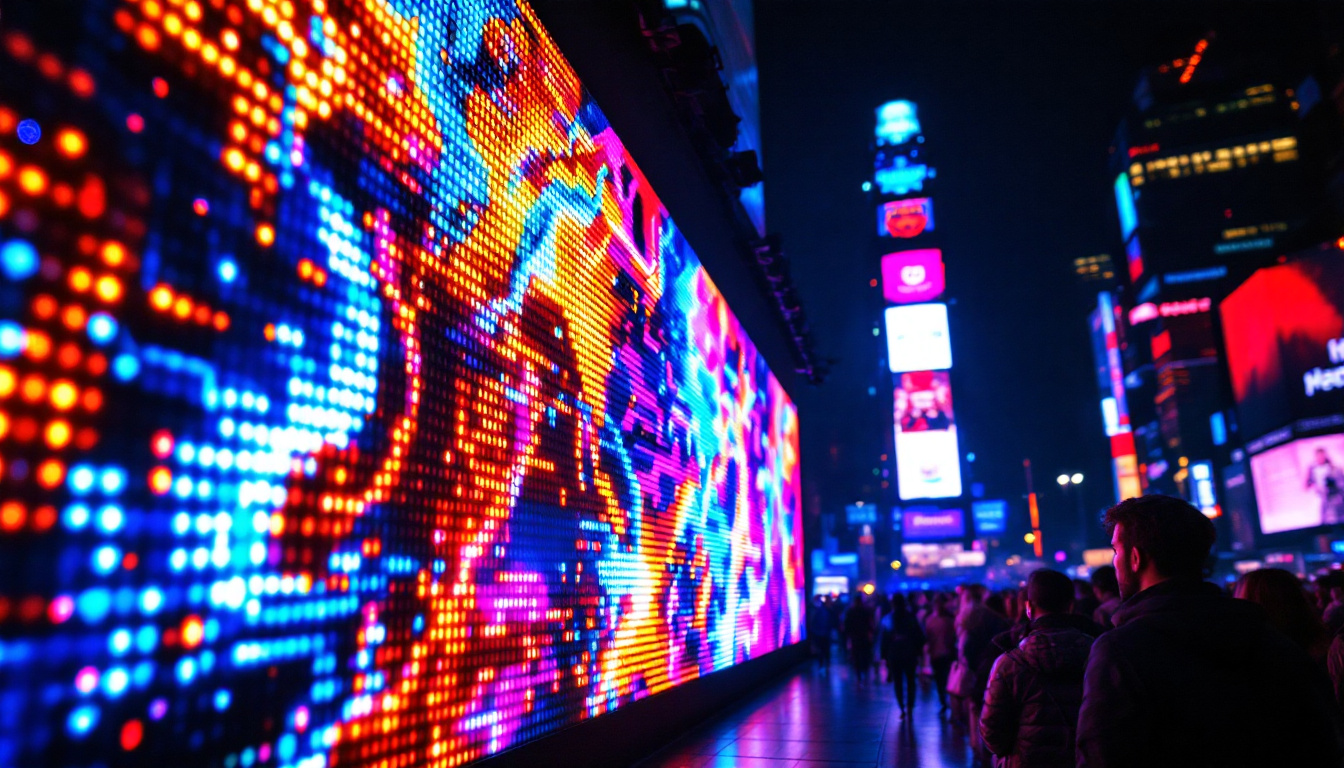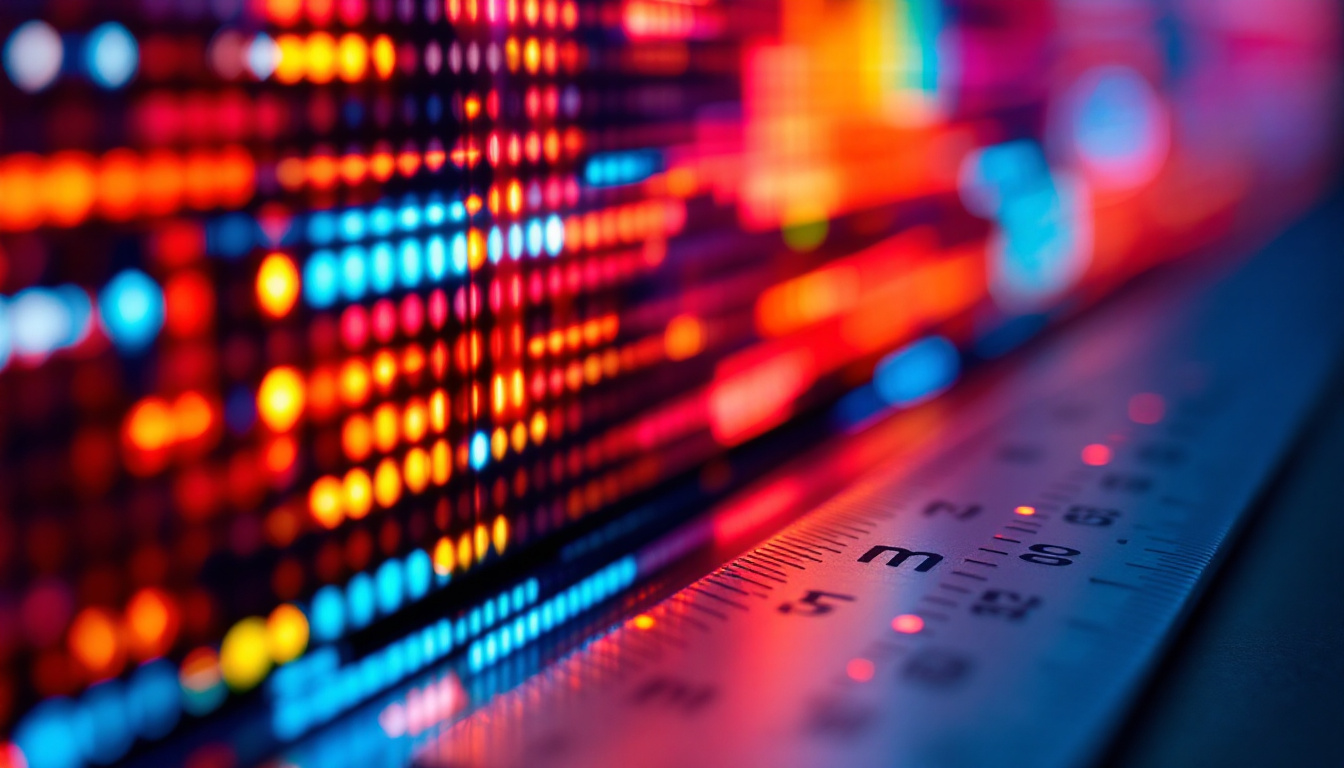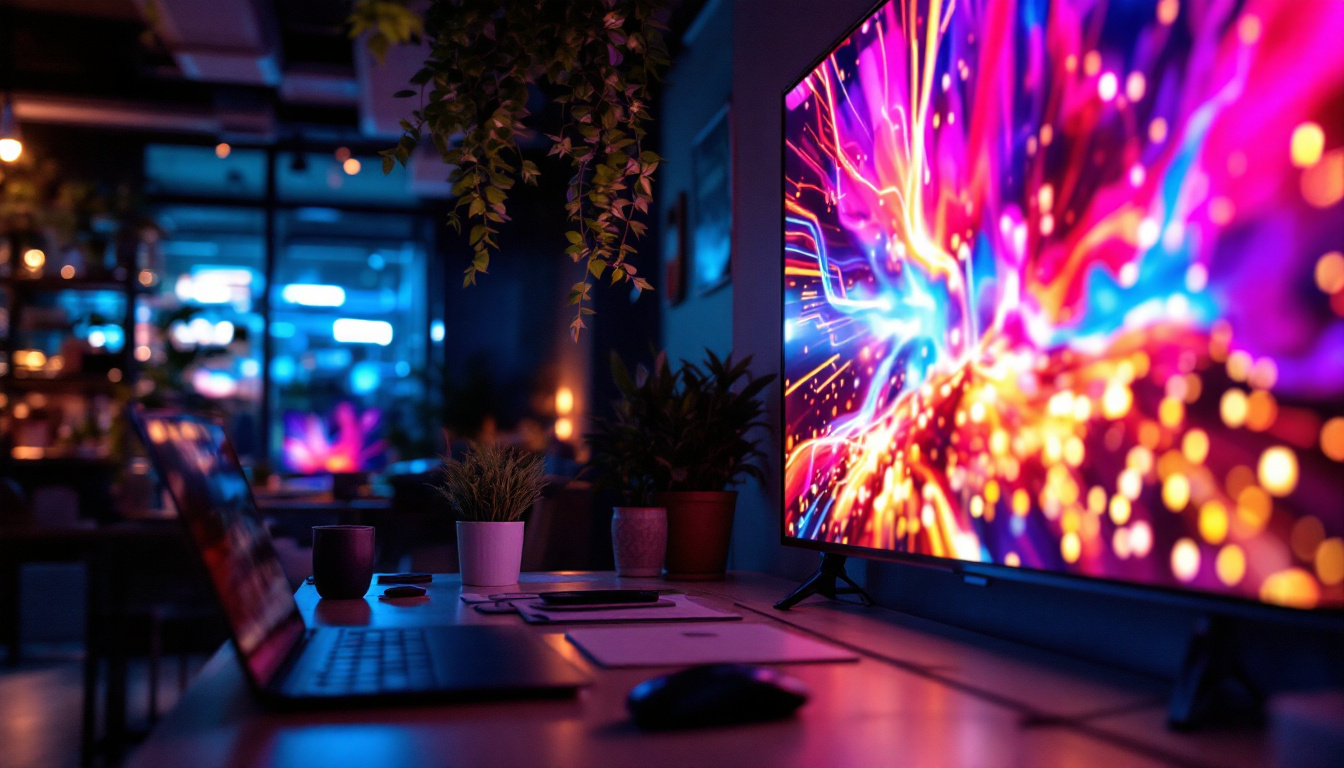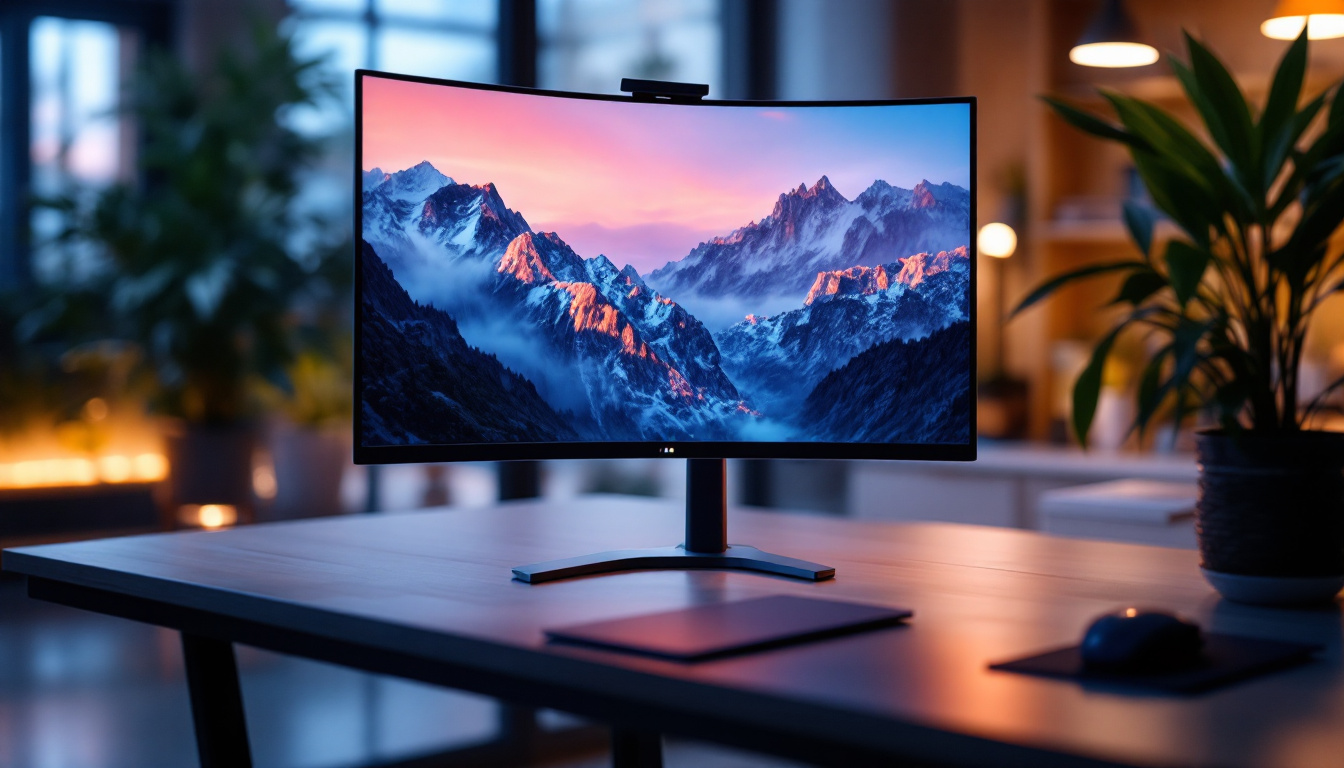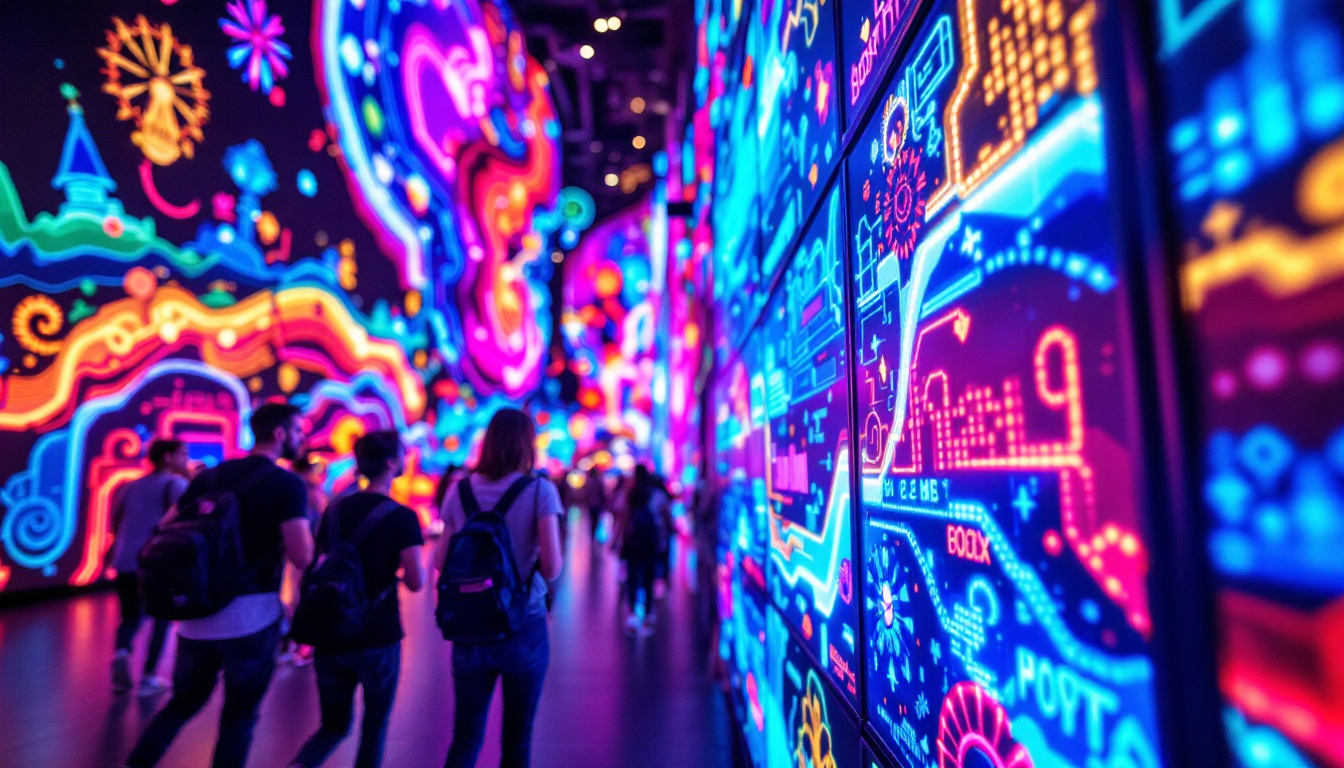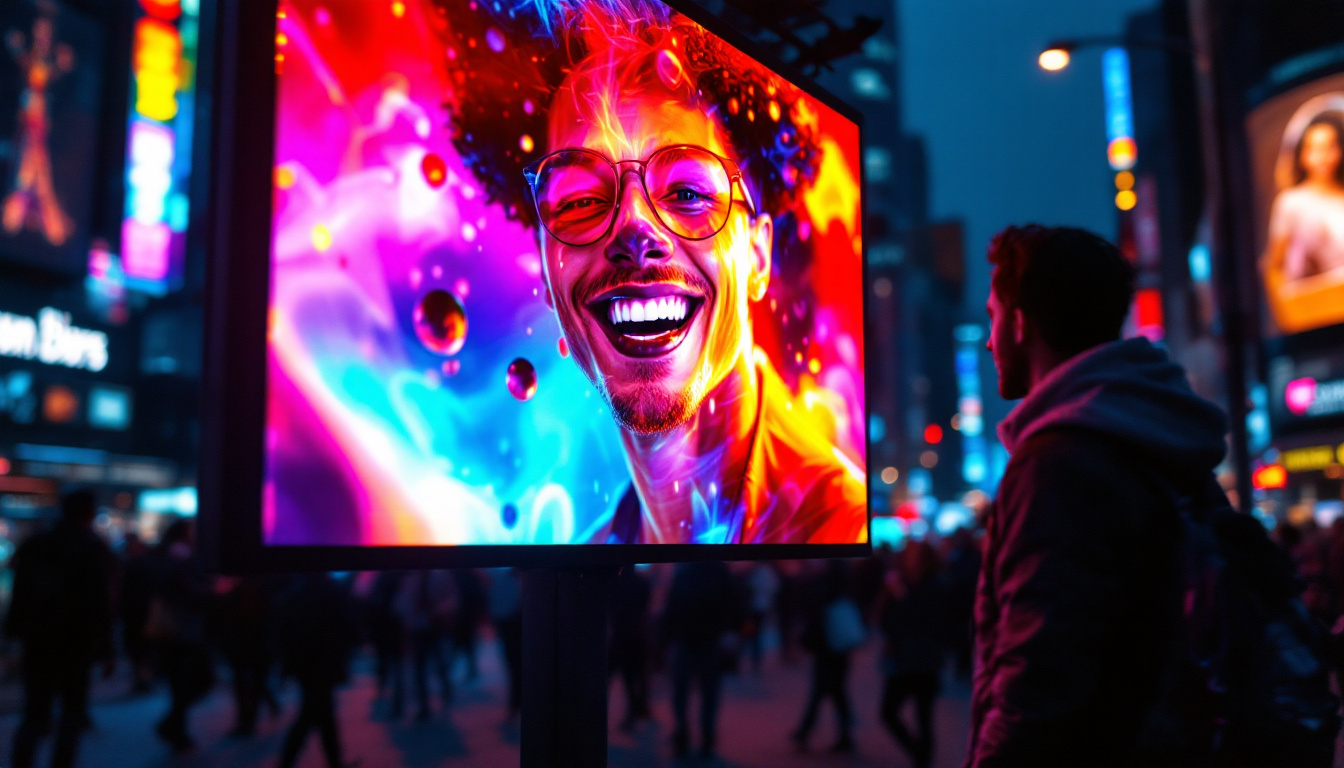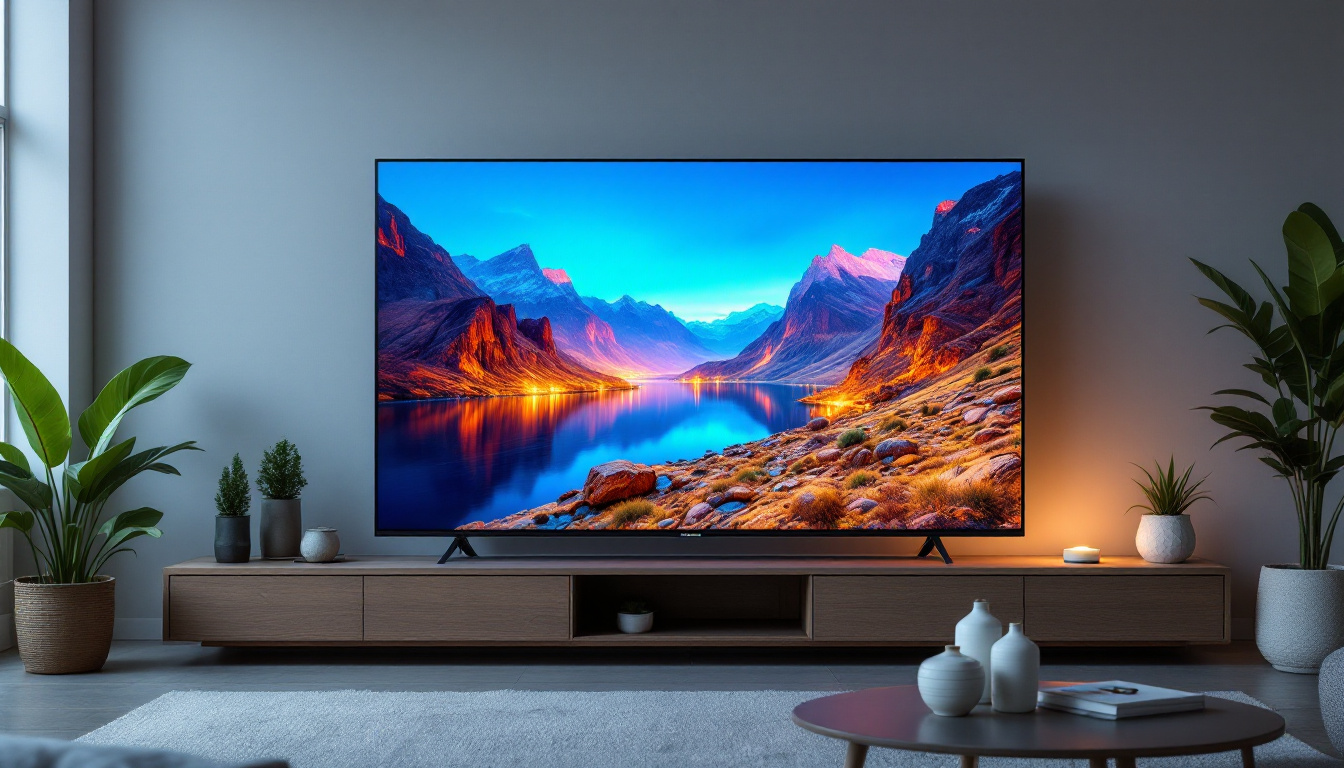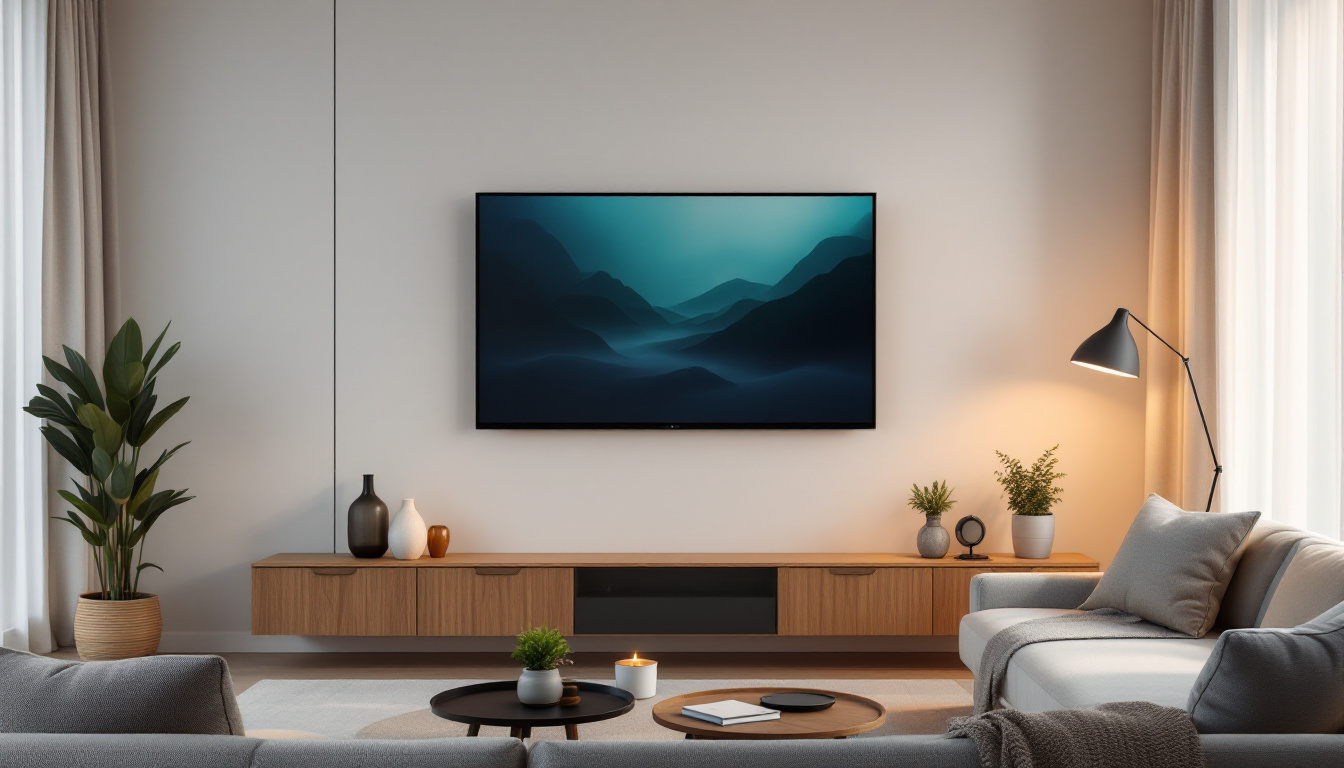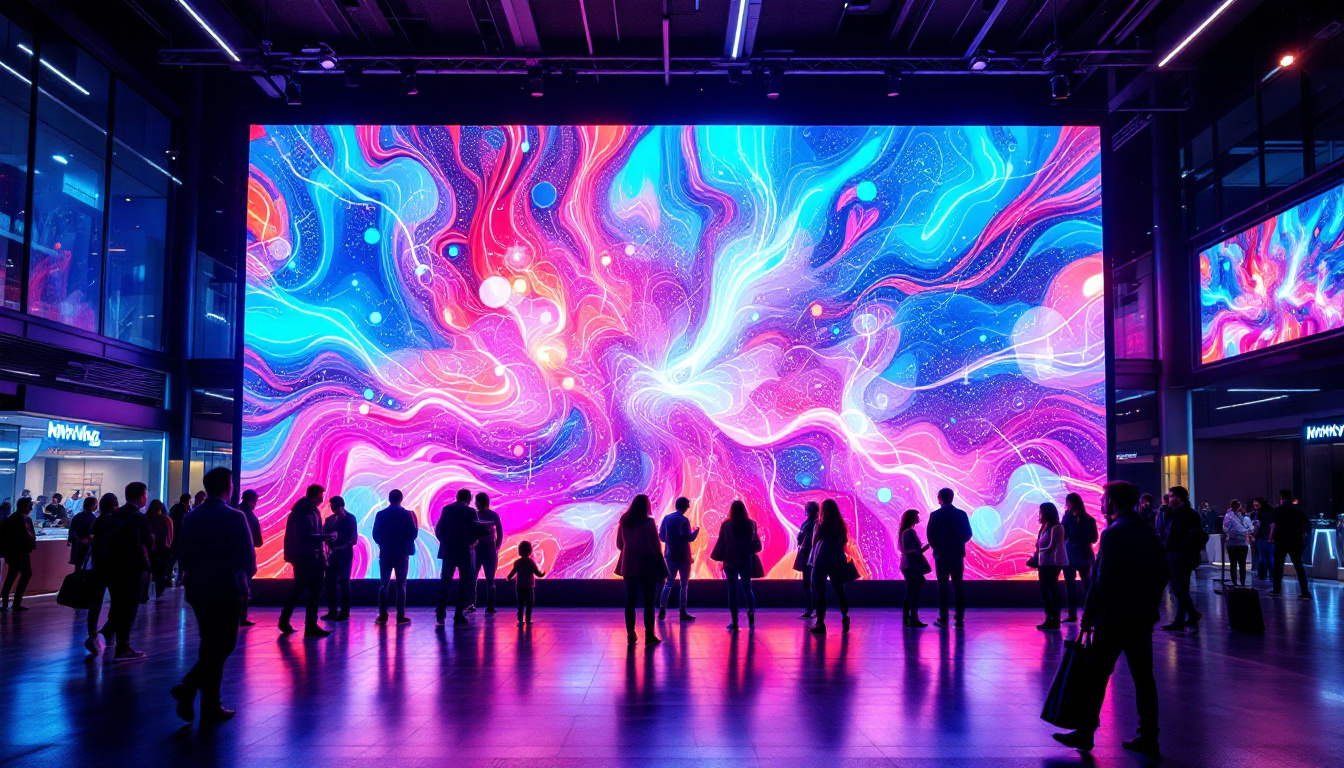LED screens have become ubiquitous in our daily lives, from smartphones and televisions to large digital billboards and computer monitors. Their vibrant colors, energy efficiency, and slim designs make them a preferred choice for consumers and businesses alike. However, maintaining the pristine condition of an LED screen is crucial not only for aesthetic reasons but also for ensuring optimal performance and longevity. Cleaning an LED screen requires careful attention to avoid damage while effectively removing dust, fingerprints, and smudges.
This article explores the best practices for cleaning LED screens, explains the technology behind LED displays, and offers practical tips to keep your screens looking and functioning like new.
Understanding LED Display Technology
What is an LED Screen?
LED stands for Light Emitting Diode. An LED screen is a flat panel display that uses an array of light-emitting diodes as pixels to produce images. Unlike traditional LCD screens that rely on a backlight, LED screens use LEDs to illuminate the display, resulting in higher brightness, better contrast, and more vivid colors.
There are different types of LED screens, including:
- Direct LED: LEDs are placed directly behind the screen, providing uniform brightness.
- Edge-lit LED: LEDs are positioned along the edges of the screen, allowing for thinner displays.
- MicroLED: A newer technology where microscopic LEDs form individual pixels, offering exceptional image quality and energy efficiency.
In addition to these types, LED technology has also evolved to include OLED (Organic Light Emitting Diode) displays, which utilize organic compounds to emit light. This technology allows for even deeper blacks and a wider color gamut, making OLED screens particularly popular for high-end televisions and smartphones. Furthermore, advancements in LED technology have led to the development of flexible displays, which can bend and curve, opening up new possibilities for innovative designs in consumer electronics and advertising.
Why Proper Cleaning Matters for LED Screens
LED screens are delicate electronic devices with sensitive surfaces. Improper cleaning can cause scratches, damage the anti-reflective coatings, or even affect the internal components. Dust and grime buildup can reduce screen brightness and clarity, impacting your viewing experience. Furthermore, accumulated dirt can harbor bacteria, making regular cleaning a hygienic necessity, especially for frequently touched devices like smartphones and tablets.
To effectively clean an LED screen, it is advisable to use a microfiber cloth and a solution specifically designed for electronics. Avoid using paper towels or rough fabrics, as these can scratch the surface. It’s also important to turn off the device and unplug it before cleaning to prevent any electrical issues. Regular maintenance not only enhances the longevity of the screen but also ensures that you enjoy the best possible picture quality. Additionally, understanding the specific cleaning needs of different types of screens can help in preserving their unique features, such as the glossy finish of an OLED display or the matte surface of certain LED screens.
Common Challenges When Cleaning LED Screens
Fragility and Sensitivity
The surface of an LED screen is often coated with anti-glare or anti-reflective layers that enhance image quality. These coatings are susceptible to damage from harsh chemicals, abrasive materials, or excessive pressure. Using inappropriate cleaning agents or rough cloths can leave permanent marks or degrade the screen’s performance. It’s crucial to use microfiber cloths, which are soft and non-abrasive, to gently wipe the screen without scratching it. Additionally, opting for pH-balanced cleaning solutions specifically designed for electronics can help preserve the integrity of the screen’s surface, ensuring that the vibrant colors and sharp details remain intact.
Static Electricity and Dust Attraction
LED screens can generate static electricity, which attracts dust particles. This makes screens prone to quick re-soiling after cleaning. Understanding how to minimize static buildup and choosing the right cleaning tools can help maintain a clean screen for longer periods. Utilizing anti-static cloths or sprays can significantly reduce the static charge on the screen, thereby decreasing the amount of dust that settles on it. Furthermore, maintaining a clean environment by regularly dusting surrounding areas can also help in keeping the screen cleaner for extended periods, as it reduces the overall dust load in the vicinity.
Moisture and Liquid Damage
Excessive moisture can seep into the edges of the screen, potentially damaging internal electronics. Spraying liquids directly onto the screen is a common mistake that can lead to costly repairs. Proper cleaning techniques involve controlled application of cleaning solutions to avoid moisture infiltration. It’s advisable to dampen the cloth instead of the screen itself, ensuring that the cloth is just moist enough to lift dirt without allowing any liquid to drip. Additionally, using a screen cleaning kit that includes a spray bottle with a fine mist can provide better control over the amount of liquid applied, further safeguarding the screen from potential damage.
Environmental Factors
Environmental factors such as humidity, temperature fluctuations, and exposure to sunlight can also pose challenges when cleaning LED screens. High humidity can lead to condensation forming on the screen, which can be detrimental when combined with cleaning solutions. It’s best to clean screens in a controlled environment where temperature and humidity levels are stable. Moreover, prolonged exposure to direct sunlight can cause the screen’s surface to heat up, making it more vulnerable to damage during cleaning. Therefore, it’s wise to schedule cleaning during cooler times of the day or in shaded areas to minimize these risks.
Screen Type Variations
Different types of LED screens, such as OLED, QLED, and traditional LED, may require specific cleaning methods due to their unique technologies and materials. For instance, OLED screens are particularly sensitive to moisture and can suffer from burn-in effects if not cleaned properly. Understanding the specific requirements and recommendations for each screen type can prevent inadvertent damage. Manufacturers often provide guidelines on the best practices for cleaning their products, which can be invaluable in ensuring longevity and optimal performance. By familiarizing oneself with these nuances, users can tailor their cleaning approach to suit the specific needs of their screen, ensuring a pristine viewing experience.
Best Practices for Cleaning LED Screens
Gather the Right Materials
Before starting, assemble the appropriate cleaning supplies. Using the right tools ensures effective cleaning without risking damage. Recommended materials include:
- Microfiber cloth: Soft, lint-free, and non-abrasive, microfiber cloths are ideal for wiping LED screens gently.
- Distilled water: Free of minerals and impurities, distilled water prevents streaks and residue.
- Screen cleaning solution: Specifically formulated for electronic displays, these solutions are alcohol and ammonia-free to protect coatings.
- Compressed air canister: Useful for blowing away loose dust from crevices and edges without touching the screen.
Step-by-Step Cleaning Method
Follow these steps to clean your LED screen safely and effectively:
- Turn off and unplug the device: Always power down your screen before cleaning to prevent electrical damage and to see dirt and smudges more clearly.
- Remove loose dust: Use a can of compressed air or gently brush the screen with a dry microfiber cloth to remove surface dust.
- Dampen the cloth: Lightly moisten a microfiber cloth with distilled water or a screen cleaning solution. Avoid soaking the cloth.
- Wipe the screen gently: Using soft, circular motions, clean the screen without applying excessive pressure. Focus on smudges and fingerprints.
- Dry the screen: Use a dry microfiber cloth to remove any remaining moisture and prevent streaks.
- Clean the frame and edges: Wipe down the bezel and edges with a slightly damp cloth to remove accumulated dirt.
What to Avoid When Cleaning LED Screens
To preserve your LED screen’s integrity, avoid the following:
- Abrasive materials: Paper towels, tissues, or rough cloths can scratch the screen.
- Harsh chemicals: Avoid ammonia, alcohol, acetone, or window cleaners that can strip protective coatings.
- Direct spraying: Never spray liquids directly onto the screen; always apply to the cloth first.
- Excessive moisture: Prevent water from seeping into the device by using only lightly dampened cloths.
- Excessive pressure: Pressing too hard can damage pixels or the screen surface.
Special Considerations for Different LED Devices
Cleaning LED Televisions and Monitors
Large LED TVs and computer monitors require similar care but often accumulate more dust due to their size. Regular dusting with a dry microfiber cloth can prevent buildup. For stubborn smudges, follow the damp cloth method described above. Avoid using household cleaners that might be tempting for larger screens.
Cleaning Smartphones and Tablets with LED Screens
Mobile devices are handled frequently and exposed to oils from skin, making them prone to fingerprints and grime. Use screen-safe cleaning wipes or a microfiber cloth dampened with distilled water. Be cautious around ports and buttons to prevent moisture intrusion. For devices with oleophobic coatings, gentle cleaning preserves the screen’s fingerprint resistance.
Cleaning LED Digital Signage and Billboards
Outdoor LED displays face environmental challenges such as dust, rain, and pollution. Cleaning these requires specialized equipment and trained professionals to avoid damage and ensure safety. Typically, manufacturers recommend periodic maintenance schedules and use of approved cleaning agents to maintain brightness and visibility.
Additional Tips to Maintain Your LED Screen
Regular Cleaning Schedule
Establishing a routine cleaning schedule helps prevent heavy buildup and prolongs the life of your LED screen. For frequently used devices, a weekly wipe-down is advisable, while less-used screens may only need monthly attention.
Proper Handling and Placement
Position screens away from direct sunlight and high-humidity areas to minimize dust attraction and moisture damage. Use screen protectors or covers when transporting devices to prevent scratches.
Use Screen Protectors
Applying a high-quality screen protector can reduce the risk of scratches and make cleaning easier. Some protectors also have anti-glare and anti-fingerprint properties, enhancing usability.
Minimize Static Build-Up
Using anti-static sprays or humidifiers in dry environments can reduce static electricity, which attracts dust. This simple step can keep your screen cleaner for longer periods.
Conclusion: Keeping Your LED Screen Pristine
LED screens are a valuable investment, providing stunning visuals and enhanced user experiences across various devices. Proper cleaning and maintenance are essential to preserve their performance and appearance. By understanding the technology behind LED displays and following recommended cleaning practices—using gentle materials, avoiding harsh chemicals, and handling devices carefully—you can extend the life of your screen and enjoy crystal-clear images for years to come.
Remember, patience and care are key. A well-maintained LED screen not only looks better but also contributes to better eye comfort and device longevity, making it well worth the effort.
Discover LumenMatrix’s Advanced LED Display Solutions
Now that you understand the importance of maintaining your LED screens and the best practices to keep them pristine, take the next step in visual excellence with LumenMatrix. As a pioneer in LED display technology, LumenMatrix offers a wide array of innovative solutions, from Indoor and Outdoor LED Wall Displays to specialized options like Vehicle LED Displays and LED Sports Displays. Elevate your brand’s presence and captivate your audience with our Custom LED Displays and All-in-One solutions. Experience the future of visual communication with our LED Transparent Displays and more. Check out LumenMatrix LED Display Solutions today and transform your space into a dynamic visual experience.

